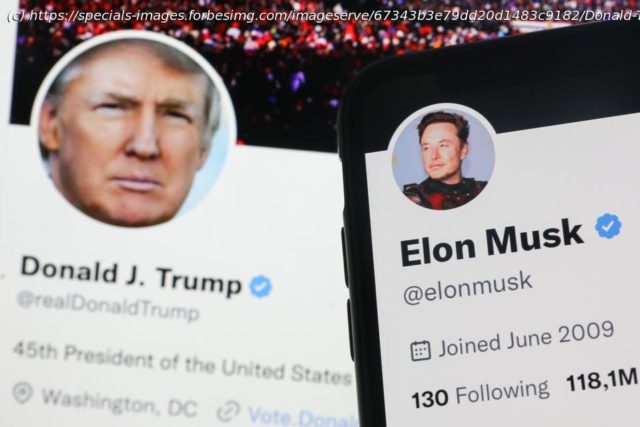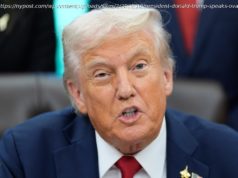The Trump + Musk combined will have wide scale impact on the US Auto industry with key policy changes.
Now that Election Day has come and gone, and the victor declared, I don’t mind saying that I’d had my eye on the 2024 Presidential Elections to see who would be controlling America and, more importantly, to me at least, how the results would impact the automotive industry. On November 6, 2024, Donald Trump was declared the winner of the 2024 Presidential Election and will become the 47th President of the United States when he is sworn in on January 20, 2025. His victory, and close association with Elon Musk, has led to a lot of speculation on the future of America’s automotive industry.
Escalating Tariffs on China
If you’re anyone related to the automotive industry, you’ll remember that back in 2016, when Trump was in the White House, a series of tariffs were imposed on auto parts and vehicles imported from China—25% on Chinese-made vehicles, including cars, trucks, and auto parts imported from China. In March 2018, this was expanded to include steel and aluminum imports as well—25% on steel and 10% on aluminum. The tariffs impacted all industries, including automotive. Fast-forward to 2024, and these have not only remained unchanged, but as of 2024, the Biden administration has announced plans to increase the tariff on electric vehicles imported from China from 25% to 100%.
The decision comes as part of a broader strategy to protect American industries and promote domestic manufacturing and is in response to China’s extensive subsidies and non-market practices, which have contributed to a 70% growth in Chinese EV exports from 2022 to 2023. Trump’s focus on making America great again—it was one of his campaign slogans along with ‘Made in America’—makes it very believable that his administration will maintain the current 100% tariff proposal on electric vehicles manufactured in China.
The Biden administration is also currently committed to enhancing local semiconductor production and strengthening the supply chain through the CHIPS and Science Act. This legislation represents an investment of USD 53 billion to bolster American semiconductor manufacturing capabilities, foster research and innovation, and develop a skilled workforce. The CHIPS and Science Act allocates USD 39 billion in direct incentives to construct, modernize, and expand semiconductor fabrication facilities. It also offers a 25% investment tax credit for semiconductor companies, encouraging further investment in domestic production. To ensure these investments are sustainable, Biden plans to raise the tariff rate on semiconductors from 25% to 50% by 2025, seen as a crucial step in promoting long-term viability for these initiatives. By increasing the tariff, Biden plans to protect domestic producers and ensure that investments in semiconductor manufacturing yield substantial benefits for the US economy.
Trump, however, based on his ongoing criticism of the CHIPS Act, which he labeled ineffective and detrimental to American interests, may consider reducing or even eliminating the USD 53 billion investment allocated under the CHIPS and Science Act, instead opting to increase the proposed 50% tariff on semiconductors.
Trump’s agenda prioritizes American manufacturing and eases business regulations, benefiting the automotive industry.






